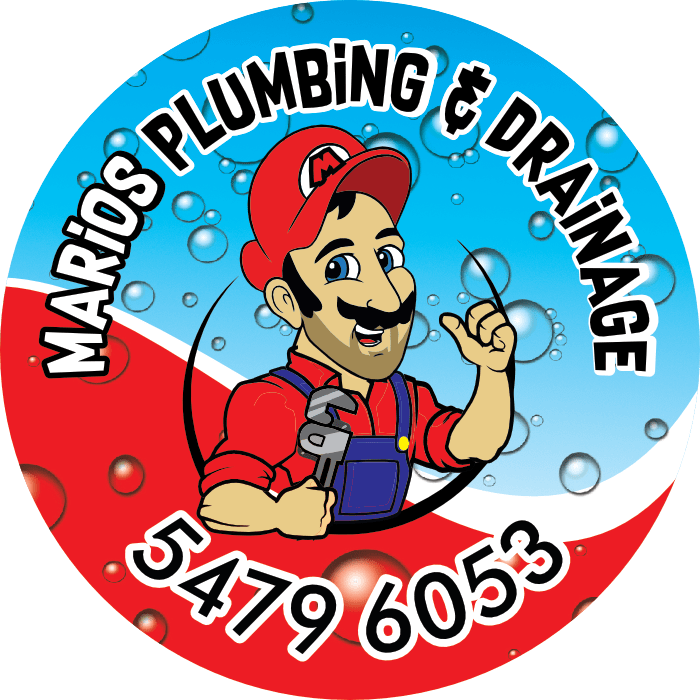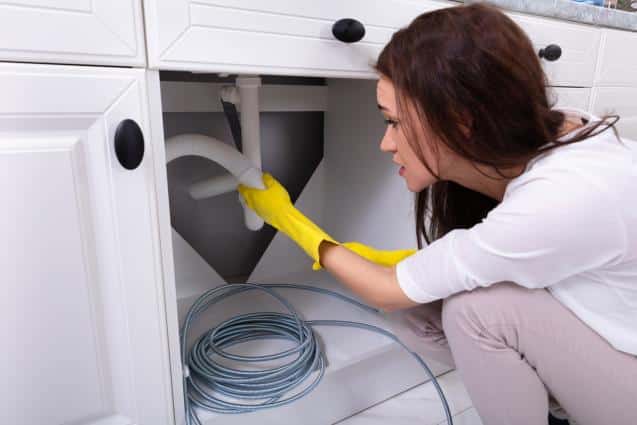Hey fellow Aussie homeowners! Let’s face it, plumbing issues can be a real pain in the bum. But before you reach for the phone to call a tradie, why not try your hand at some DIY fixes? Not only can you save a few dollarydoos, but you’ll also feel pretty chuffed when you sort out that leaky tap all by yourself.
Understanding DIY Plumbing
DIY plumbing isn’t just about saving money. It’s about taking control of your home and feeling confident in your ability to handle small issues. But let’s be clear – we’re not talking about ripping out your entire bathroom here. We’re focusing on the little niggles that pop up in everyday life.
Key Benefits of DIY Plumbing
- Save money on minor repairs
- Quick fixes for urgent problems
- Learn valuable skills
- Sense of accomplishment
- Better understanding of your home’s plumbing system
Types of DIY Plumbing Tasks
Let’s break down some common plumbing issues you can tackle on your own:
- Fixing leaky taps
- Unclogging drains
- Repairing running toilets
- Stopping leaks in joints
- Replacing showerheads
How to Choose the Best DIY Plumbing Project
Not all plumbing issues are created equal. Here’s how to decide if a job is right for your skill level:
- Assess the complexity of the problem
- Consider the tools required
- Evaluate potential risks
- Think about the time commitment
- Be honest about your skills and knowledge
Installation and Maintenance: Step-by-Step Guide
Let’s walk through fixing a leaky tap:
- Turn off the water supply
- Remove the tap handle
- Take out the cartridge
- Replace the washer or O-ring
- Reassemble the tap
- Turn the water back on and test
Common DIY Plumbing Mistakes to Avoid
- Overtightening connections
- Using the wrong tools
- Forgetting to turn off the water supply
- Ignoring safety precautions
- Attempting jobs beyond your skill level
Innovative Uses for Plumbing Tools
Did you know a plunger can help remove dents from your car? Or that pipe cleaners make great craft supplies? Get creative with your plumbing tools!
Case Study: Sydney Homeowner Saves Big
Meet Sarah from Bondi. She was facing a $200 call-out fee for a leaky tap. Instead, she watched a few YouTube videos and fixed it herself for just $15 in parts. “I felt like a total legend,” she says. “Now I’m the go-to plumbing guru for my mates!”
Environmental Impact of DIY Plumbing
By fixing leaks promptly, you’re not just saving money – you’re saving water too. A dripping tap can waste up to 20,000 litres a year. That’s enough to fill a small pool!
Future Trends in DIY Plumbing
Keep an eye out for:
- Smart water sensors
- DIY-friendly pipe materials
- Augmented reality repair guides
- Eco-friendly plumbing solutions
- Online DIY plumbing communities
When to Call a Professional Plumber
While DIY is great, some jobs are best left to the pros. Here’s when to pick up the phone:
- Gas leaks: This is a big no-no for DIY. Gas leaks are dangerous and require immediate professional attention.
- Flooding: If you’re dealing with more water than a mop can handle, it’s time to call in the cavalry.
- Sewer line issues: Anything involving the main sewer line is not a DIY job. It requires specialized equipment and expertise.
- Persistent low water pressure: This could indicate a serious problem that needs professional diagnosis.
- Foul odors: If your drains smell like a footy locker room, you might have a sewage problem that needs expert attention.
- Major installations: Installing new fixtures or appliances often requires permits and professional know-how.
- Frozen pipes: These can burst if not thawed correctly, causing major damage.
- Hot water system issues: These systems are complex and can be dangerous if mishandled.
- Recurring clogs: If your plunger’s getting more action than a rugby ball, you might have a deeper issue.
- Renovations: Any major plumbing changes during renovations should be handled by a licensed plumber.
Home and Garden landscape lighting can also be a great way to light up different areas also.
FAQs
Q: Can I use chemical drain cleaners for clogs?
A: It’s best to avoid them. They can damage pipes and are harmful to the environment. Try a plunger or drain snake instead.
Q: How often should I check for leaks?
A: Make it a habit to check visible pipes and fixtures every few months. Keep an eye on your water bill too – a sudden spike could indicate a hidden leak.
Q: Is it normal for pipes to make noise?
A: Some noise is normal, but loud banging or whistling could signal a problem. If you’re concerned, get it checked out.
Q: Can I install a new toilet myself?
A: While it’s possible, it’s tricky to get right. Unless you’re confident in your skills, this job is best left to the pros.
Q: How can I prevent frozen pipes?
A: Insulate exposed pipes, keep your home heated, and let taps drip slightly during very cold weather.
Q: What should I do if I accidentally break a pipe?
A: Turn off the main water supply immediately and call a plumber. Don’t try to fix it yourself – you could make the problem worse.
There you have it, mates – your guide to DIY plumbing. Remember, it’s all about knowing your limits. Don’t be afraid to give it a go, but also don’t be too proud to call in the pros when needed. With these tips, you’ll be handling those minor plumbing dramas like a true blue Aussie DIY champ. Just remember – if in doubt, call a plumber out!


